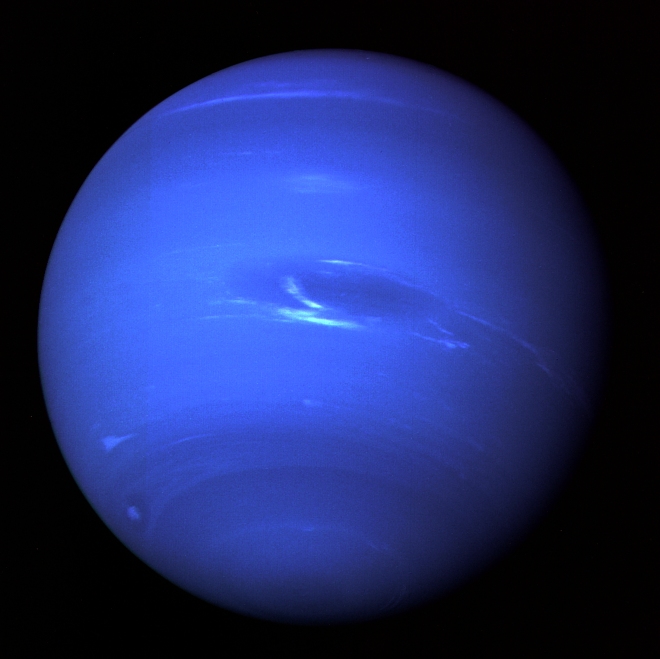Greetings, and welcome to Two Cents Sharp!
Two Cents Sharp
Just a little off
Bad Translations of Chinese Translations of Orchestral Instruments
Quite comical, yet clearly systematic. These literal re-translations reveal how the Chinese conceptualized these instruments and represented them in their language (often, via a characteristic or a material). Continue reading
Notable Orchestrations from Keyboard Works
The more the merrier! Why play a piece alone when you can get a bunch of friends to play it with you and share in the fun? Not only is it more fun, you get a wider variety of timbres. With a wider variety of timbres, especially when carefully controlled, you get a more iridescent concoction of sounds than the original.
The practice of expanding a piece’s instrumentation goes way back. An early example of such a practice was Bach’s expansion of the first movement of his Brandenburg Concerto No. 3, to create a new Sinfonia for Cantata No. 174. Such a practice became very popular in the late 19th and early 20th century because of developments in the Western symphony orchestra and consequently the field of orchestration. Strings no longer had to be the principal voices because wind instruments had their timbres and ranges improved (thanks, Industrial Revolution) and brass instruments were no longer confined to the few notes that their natural instruments only allowed them. In addition, new instruments were invented or innovated or adopted by classical musicians in the orchestra and expanded the possibilities.
Space Music III: Lucia and Friends Go to the Moon!
by Henry Myers
About a year ago, I was driving alone through New York state on vacation. With Niagara Falls still a few hours ahead of me, I had been trying (with partial success) to stave off boredom by listening to music. Typically when I’m on the road, I like to listen to the 90’s band Stereolab, which is great driving music for two reasons: first, their music is very mood-driven, which works particularly well with changing landscapes; and second, their use of Motorik beats gives me the sensation of forward motion, of going somewhere. But between the monotony of driving and the discomfort of being a tall person in a tiny car, the music wasn’t doing a whole lot for me.
7 Composer-Coffee Pairings
“I like my disputes about music the way I like my coffee. Bitter and heated.”
There are great composers, and there are great cups of coffee. Why not combine the two?
1) Maurice Ravel and Cappuccino
made from finely-ground Italian roast coffee beans and whole milk, served with a buttery petit croissant
An artfully crafted cappuccino can be distinguished using three metrics: texture, balance of components, and overall taste. Continue reading
crafted cappuccino can be distinguished using three metrics: texture, balance of components, and overall taste. Continue reading
Space Music II: Holst, Mysticism, and ‘The Planets’
This article is a continuation of my ‘Space Music’ series. For Part 1, click here.
by Henry Myers
If you’ve never heard Gustav Holst’s The Planets, Op. 32, then stop reading this post, cancel your appointments for the rest of the day, grab your best pair of headphones, find a dark room, and listen to the freaking Planets.
Even after having known The Planets for the two decades that I’ve been self-aware, I still find it to be one of the most consistently fun, joyful, and enriching listening experiences of any piece of music (short of the soundtrack to Labyrinth). Extraordinarily colorful, delightfully varied, and exciting as all hell, it never fails to trigger a myriad of associations, images, and emotions. Maybe it’s the orchestration, or my upbringing, or the era in which I grew up, or perhaps all of these things, but there’s something about The Planets which conveys to me a sense of immensity, of respect for the grandeur of the cosmos. Continue reading
Indispensable Rite of Spring Recordings to Add to Your Collection, Part 3 (2006 and beyond!)
This is a continuation a series in Rite of Spring recordings, which includes an introduction, explanation of criteria (execution, engineering, interpretation), and six recordings from 1958 to 1997. Be sure to check out part 1 and part 2 of this series too! Here are the last recordings, including an honorable mention section! Continue reading
Space Music I: Kepler and the Harmony of the Worlds
by Henry Myers
If you’ve been online recently, then no doubt you’ve heard about the NASA New Horizons spacecraft’s flyby of Pluto, which culminated an almost 10-year long journey across the solar system (space is really, really big) to collect data and take a number of photos, including the one above. Until just a few days ago, the small, icy world had remained tantalizingly out of reach, close enough to know about but much too far away (in fact, almost 40 times our distance to the sun) to be knowable by any other means. For the first time in history, 85 years after its discovery, we now know what Pluto looks like (outside of a few unhelpfully blurry photos from 2003). I can hardly contain myself about it: dwarf planets aside, I’ve been daydreaming about space, checking NASA.gov daily, and otherwise finding cool space things to look at and read about.
Reflections on the Dual-Degree Dilemma
In junior year of high school, when I began researching music/liberal arts dual-degree programs, I ran into this article written by David Lane, the Director of Admissions at Peabody. It is the definitive explanation of the various types of musical/academic combination programs available to undergraduates. I also remember feeling distinctly uncomfortable reading his conclusions about the type of student that should pursue a dual-degree.
Lane differentiates between three hypothetical kinds of students interested in dual-degree programs: a student who has an undying passion for horn performance and marine biology, a student who can’t make up her mind what to study, and a student who wants a conservatory education but whose parents have reservations. Continue reading



